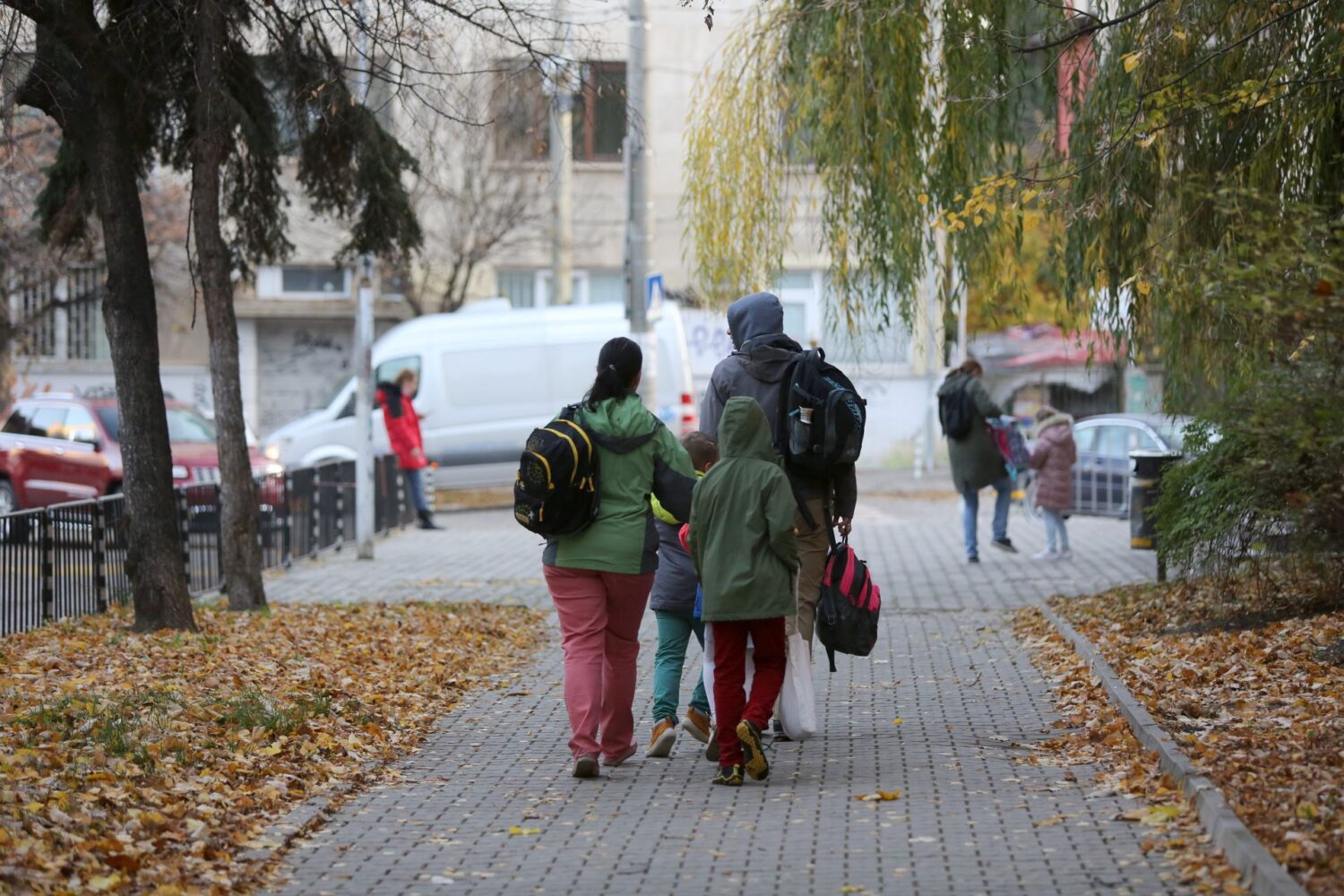In 2006 the European Commission issued the document “Towards an EU strategy on the rights of the child”, which gives a new impetus to children’s rights on the agenda in the European Union, and included seven objectives concerning the Commission’s actions and setting the criteria of the 2011 EU Agenda. The Commission also elaborated in 2010 an action plan for unaccompanied minors and pursues through the DAPHNE programme actions to combat violence against children, young people and women. The EU Agenda for the Rights of the Child aims to reinforce the full commitment of the EU, as enshrined in the Treaty of Lisbon and the Charter of Fundamental Rights, to promote, protect and fulfill the rights of the child in all relevant EU policies and actions. This agenda includes 11 specific actions where the EU can contribute in an effective way to children’s well-being and safety.
The word “ombudsperson” comes from the Scandinavian word “ombud”, which means representative or commissioner or delegate. It has come to mean a person who deals with and/or investigates complaints, represents and defends the interests / rights of a defined group, speaks on behalf of that group, and tries to improve conditions for individuals and for the group as a whole. Many countries now have their own Children’s Ombudsperson, and in 1997, the European Network of Ombudspersons for Children (ENOC) was established. The role of such an ombudsperson is to ensure the full implementation of the CRC whilst maintaining full independence from the government and other public authorities. An ombudsperson for children will usually protect and promote the interests / rights of children in relation to public and private authorities and follow up the development conditions under which children grow up. By 2011 it had grown to include 39 institutions in 30 countries. Its mandate is to facilitate the promotion and protection of the rights of children.
The rights of children at risk are most severely violated in COVID-19, 3,500 of whom are in complete isolation. This is indicated by a report of the Ombudsman of the Republic of Bulgaria Diana Kovacheva, announced the press center of the institution. The report was prepared in connection with World Children’s Day and the anniversary of the adoption of the UN Convention on the Rights of the Child. It is entitled “Assessment of the impact of measures against the spread of COVID-19 on the rights of vulnerable groups of children in Bulgaria” and was prepared under a joint project with the European Network of Ombudsmen for Children and UNICEF to assess the impact of measures against the spread of COVID-19 on the rights of the child.
The special report reflects the children’s experience and understanding of the pandemic situation and the restrictive measures introduced in relation to it and describes the effect they have on children through their eyes, the statement said. The assessment was carried out in the period July-August 2021, and the consultation was conducted between July 22 and August 19, 2021. It included 95 people, including 44 children from vulnerable groups, aged between 8 and 18 years. These are children in poverty, with disabilities, with special educational needs, placed in various forms of residential care, unaccompanied refugee children and those with an educational measure – placed in a boarding school, inform the institution of the ombudsman.
The report found that isolation for children in residential care was longer and more severe than for most other children in the country. Thus, in practice, about 3,500 children have remained in complete physical isolation for more than a year. The lack of social contacts for children is not a consequence of one or another measure, but is a result of the accumulation of the effect of various restrictive measures, including distance learning. Isolation is accompanied by significantly increased levels of anger, anxiety, frustration and apathy among children in residential services and institutions. The attitude of children towards distance learning is rather indifferent and in the general case the learning commitments are not taken seriously, according to the report published on the ombudsman’s website.












